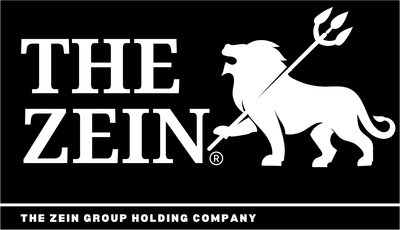Overview
Intellectual property stands as a sovereign administrative asset, embodying the maturation of internal thought cultivated over time and serving as a fundamental expression of our organisational identity. It is neither positioned for external circulation nor treated as a mere function; rather, it is deeply embedded within the architecture of decision-making, shaping organisational structures, directing strategic pathways, and preserving coherence throughout the institution. Functioning not as a simple output but as an organising principle, it governs internal alignment, sustains institutional rhythm, and upholds the integrity of our evolving model. This approach is grounded in a deliberate institutional philosophy that recognises internal thought as both the origin and outcome of strategic clarity. Central to this philosophy is the conviction that enduring value arises not merely from activity but through the refinement of perspective. Intellectual property, in this sense, acts as the silent architecture behind the visible framework the unseen rationale that defines what the organisation elects to build, pursue, and safeguard. Rather than responding reactively to immediate demands, this asset evolves alongside the institution, shaped by intention rather than circumstance, reflecting a steadfast commitment to internal coherence over transient adaptation. Such a stance enables the organisation to maintain steadiness amid shifting contexts, ensuring that its actions remain principled rather than impulsive, and that every phase of growth is accompanied by thoughtful clarity
Embedded within the Organisational Structure
The asset is situated at the core of the administrative model, not as an adjunct, but as an integral element that informs internal order and guides the articulation of institutional form.
A Reference for Consistency and Alignment
It acts as a shared frame of reference across entities and leadership levels, allowing for continuity in approach, language, and strategic posture.
Activated within Institutional Boundaries
Its function is inward-facing, realised through internal application. It shapes thinking, provides stability, and supports the cultural and operational continuity of the organisation.
Selective Engagement in Strategic Relations
Where mutual understanding and long-term alignment are evident, the asset may be engaged as part of structured collaborations always within clear parameters and shared institutional discipline.
